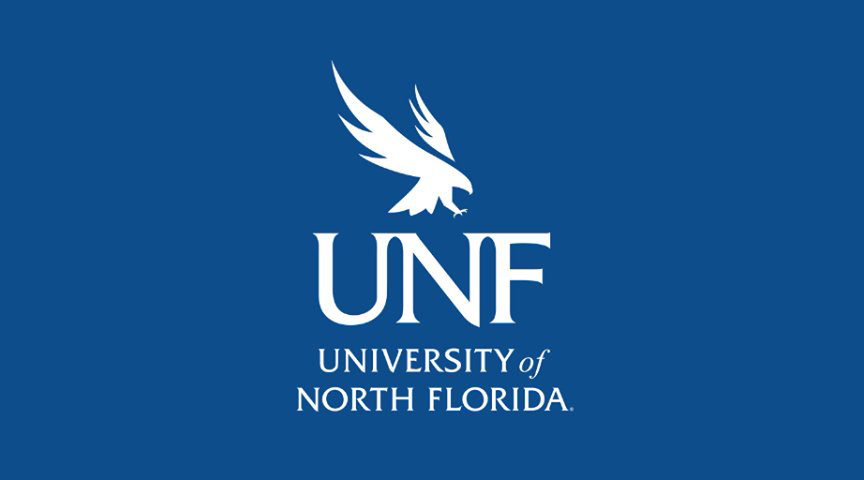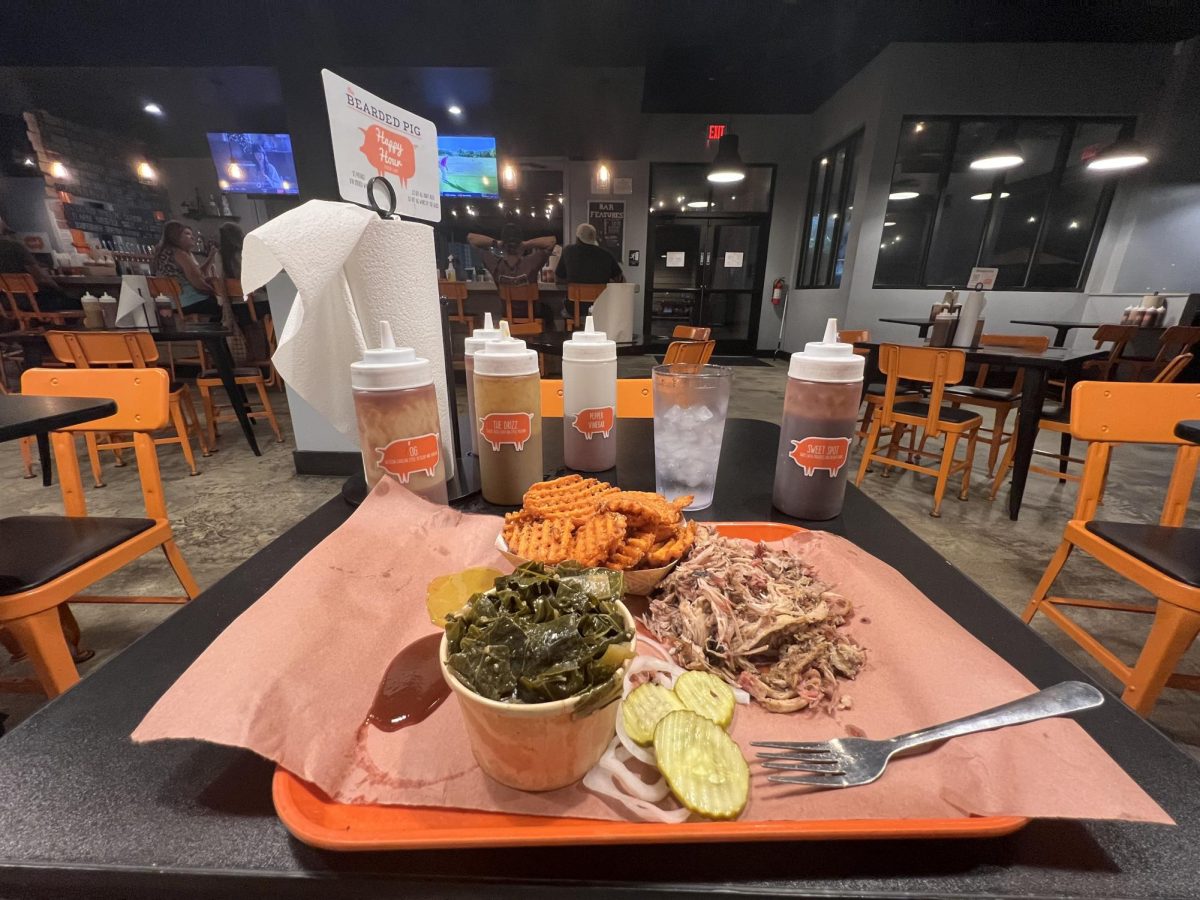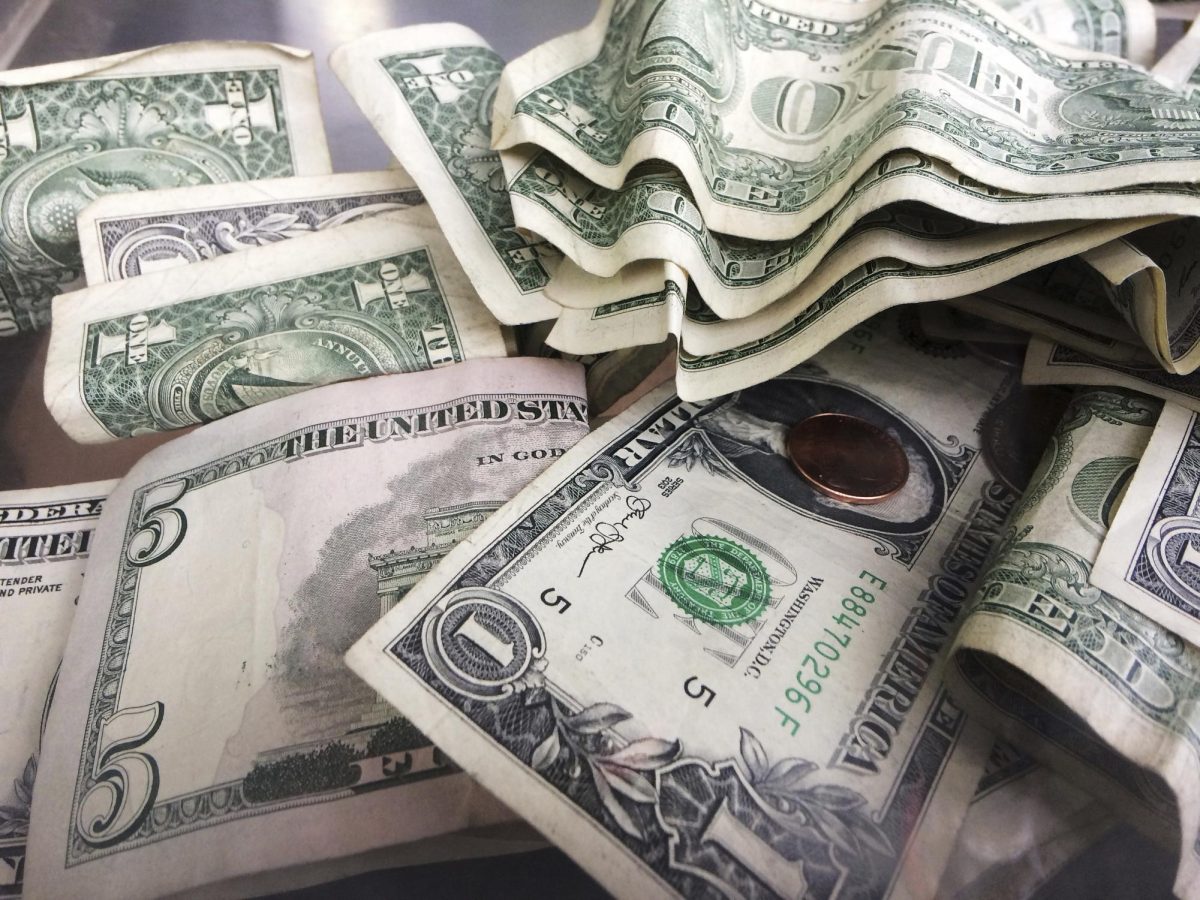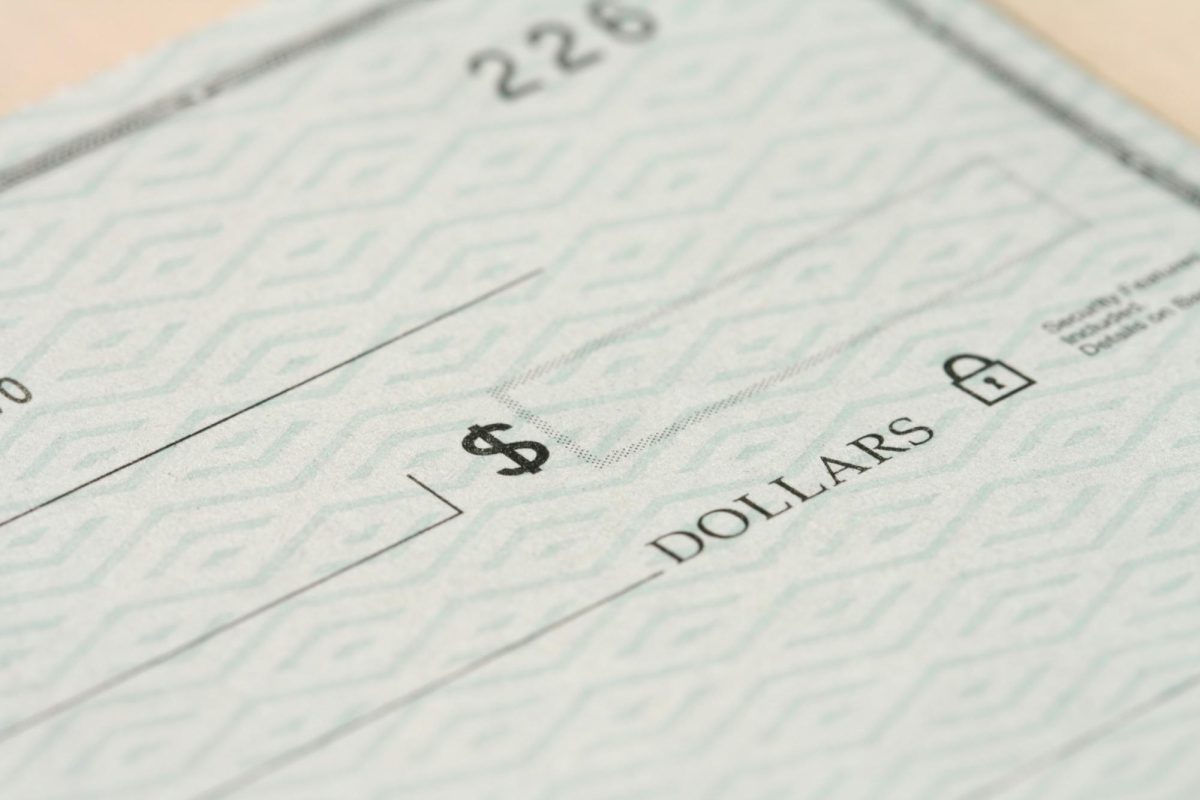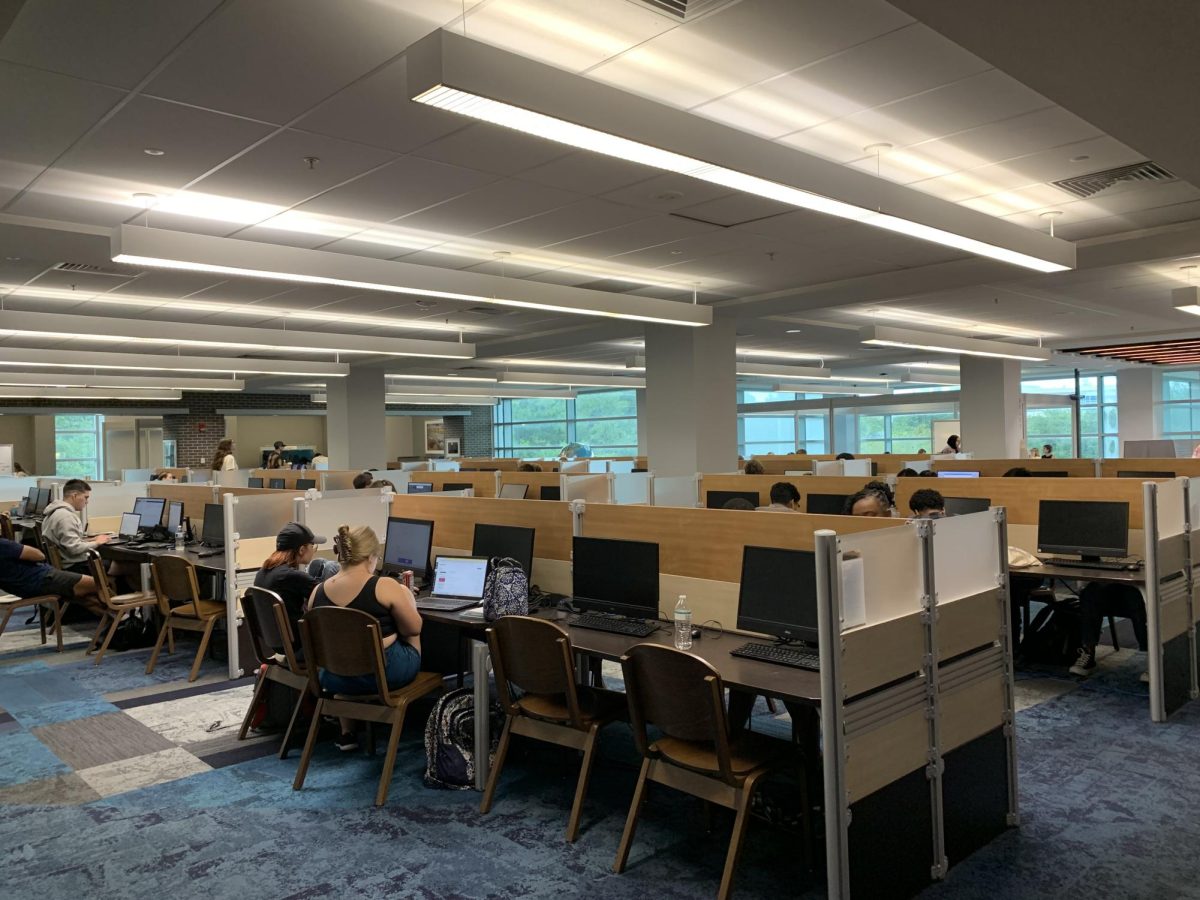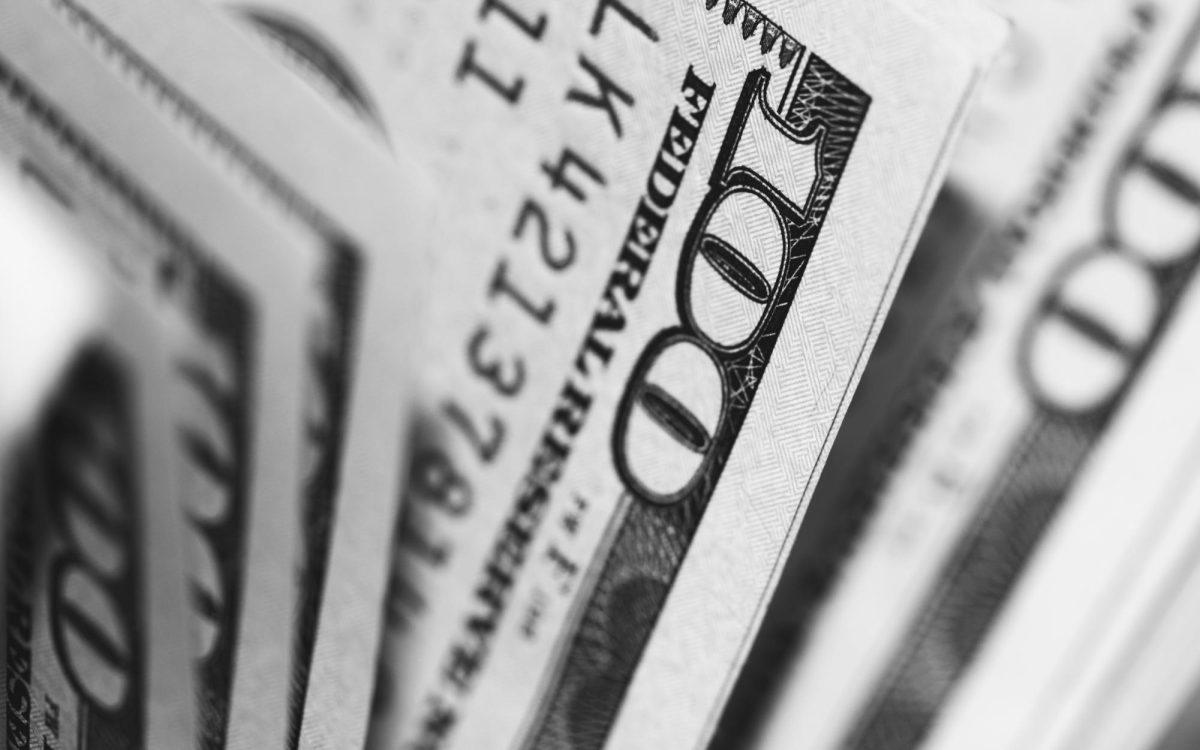While there is no doubt that the COVID-19 pandemic has drastically changed our lives, one specific area where there have been unexpected changes is in banking. Recently, there has been a significant increase in cashless mobile banking and remittance apps such as PayPal, Venmo, and Cashapp.
Following the coronavirus outbreak in March 2020, and the subsequent closure of many branches, individuals of all ages were required to shift to mobile banking. According to Fidelity National Information Services (FIS) statistics, there was a 200% increase in new mobile banking registrations in early April of 2020.
Additionally, mobile banking traffic increased by 85%. According to CNBC featured writer Ellen Sheng, this could be strongly attributed to the stimulus checks.
“Americans who checked their balance once a week suddenly started checking a few times a day,” Sheng said.
While mobile banking has increased, in-person banking has dropped significantly as many individuals fear exposure to the virus from physically attending the branch, and handling cash. Novantis, a company dedicated to analyzing data in the banking industry, found that only 40% of surveyed consumers planned on returning to banks following the pandemic. While this has since increased to roughly 53%, it still demonstrates that the shift to online banking is one that is likely to stick.
However, mobile banking isn’t the only form of banking increasing in popularity due to the pandemic. According to research conducted by Apptopia, the use of money remittance apps, such as PayPal, Venmo, Cashapp and more, have reached nearly 5.4 million users, increasing 10.7%, since March 1, 2020.
According to a recent FORTUNE article, the most popular of these apps were Cash App, which received 4 million new downloads. Venmo and PayPal followed, receiving relatively 2.5 million and 2 million new downloads.
This increase is already having significant effects as it was announced in Nov. 2020 that CVS Pharmacy had become the first national retailer to allow touch-free Venmo and PayPal QR codes as a form of payment.
In an article released by CVS Health®, Executive Vice President and Chief Operating Officer Jon Roberts released a statement:
“Putting our customer’s safety at the forefront of our innovations, we’ve focused resources on finding new ways to make customers’ lives easier and more convenient. Introducing more digital options, including touch-free payments at the register, is in step with changing consumer preferences,” stated Roberts.
This form of Venmo and PayPal payment is currently available at over 8,200 participating CVS Pharmacy standalone retail locations.
In the future, it is likely we will see more companies adopt similar touch-free payment options through PayPal and Venmo like CVS. As we all continue to adapt to the constant changes brought about by the pandemic, it is necessary that companies incorporate policies and practices that ensure the safety of consumers.
___
For more information or news tips, or if you see an error in this story or have any compliments or concerns, contact editor@unfspinnaker.com.




